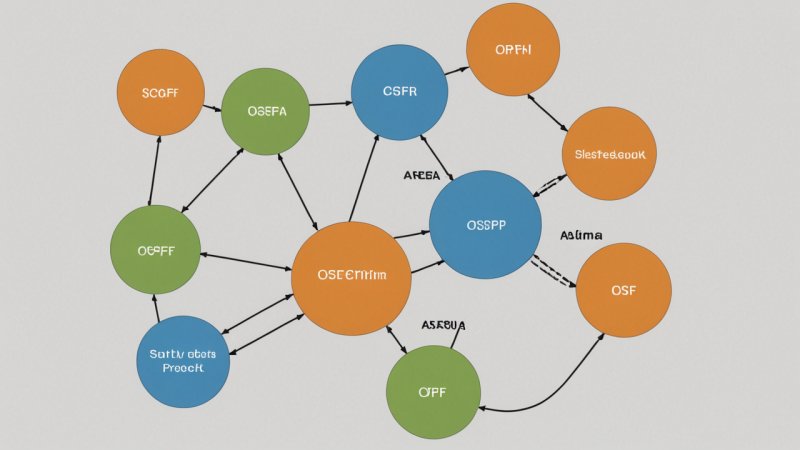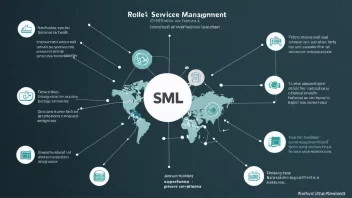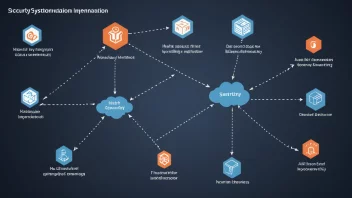Open Shortest Path First (OSPF) is a widely used routing protocol that plays a crucial role in network design and performance. Understanding the role of OSPF areas is essential for network engineers and administrators to optimize routing efficiency, manage network scalability, and enhance overall performance. OSPF breaks large networks into smaller, manageable areas, which not only improves speed but also limits the amount of routing information exchanged. In this article, we will explore the different types of OSPF areas, their significance in network design, and best practices for implementation.
Understanding OSPF Areas
OSPF areas are logical subdivisions of an OSPF network. They help in minimizing routing overhead and managing traffic efficiently. Each area can contain multiple routers, and these routers share routing information within the area while summarizing that information for other areas. The most common types of OSPF areas are:
- Backbone Area (Area 0): This is the central area of an OSPF network, connecting other areas. All OSPF areas must connect to Area 0.
- Standard Areas: These areas contain routers that exchange routing information with the backbone area.
- Stub Areas: These areas do not receive external routes but can summarize routes from other areas, reducing routing table size.
- Totally Stubby Areas: Similar to stub areas but can only route to the backbone and summary routes from other areas.
- Not-So-Stubby Areas (NSSA): These areas allow limited external routing while still summarizing routes.
Benefits of Using OSPF Areas
Implementing OSPF areas provides several advantages:
- Reduced Routing Overhead: By segmenting the network, OSPF reduces the amount of routing information exchanged, thereby decreasing bandwidth usage.
- Improved Convergence Times: Smaller areas mean faster convergence when routes change, enhancing overall network performance.
- Scalability: OSPF areas allow for a more organized network structure, making it easier to expand as needed without overwhelming the routing protocol.
- Localized Fault Isolation: If an issue arises within an area, it can be isolated without affecting the entire network.
- Efficient Resource Management: Network resources can be allocated more effectively by controlling the amount of routing information shared.
Designing OSPF Areas
When designing OSPF areas, consider the following best practices:
- Limit the Size of Areas: Keep OSPF areas small to ensure quick convergence and reduced routing table complexity.
- Utilize the Backbone Area: Ensure all areas connect to the backbone (Area 0) to maintain proper routing functionality.
- Employ Stub Areas Wisely: Use stub areas to limit external routing in parts of the network where it is not necessary.
- Monitor Area Connectivity: Regularly check the connections between areas to prevent routing loops and ensure efficient traffic flow.
- Document the Design: Create comprehensive documentation of your OSPF area design to assist in troubleshooting and future network modifications.
Case Study: OSPF Implementation in a Corporate Network
To illustrate the effectiveness of OSPF areas, let’s consider a fictional corporate network:
Imagine a large enterprise with multiple departments, each requiring high availability and performance. The network was divided into four OSPF areas: the backbone area (Area 0) connected to three standard areas representing different departments. By implementing stub areas for less critical departments, the company reduced routing overhead and improved overall efficiency. The results were noticeable:
- Network performance improved by 30% due to reduced routing information.
- Convergence time decreased significantly during maintenance windows.
- Scalability was enhanced, allowing for easy integration of new departments.
Challenges in OSPF Area Configuration
While OSPF areas offer numerous benefits, some challenges include:
- Complexity in Design: Designing an efficient OSPF area structure can be complex, requiring thorough planning and understanding of the network topology.
- Misconfiguration Risks: Incorrectly configuring OSPF areas can lead to routing loops and other issues that can disrupt network operations.
- Monitoring and Maintenance: Continuous monitoring is necessary to ensure that all areas function correctly and that any potential issues are addressed promptly.
In conclusion, understanding the role of OSPF areas is vital for effective network design. By breaking down large networks into smaller, manageable areas, organizations can reduce routing overhead, improve performance, and enhance scalability. Implementing best practices in OSPF design and configuration can lead to significant improvements in network efficiency and reliability.






